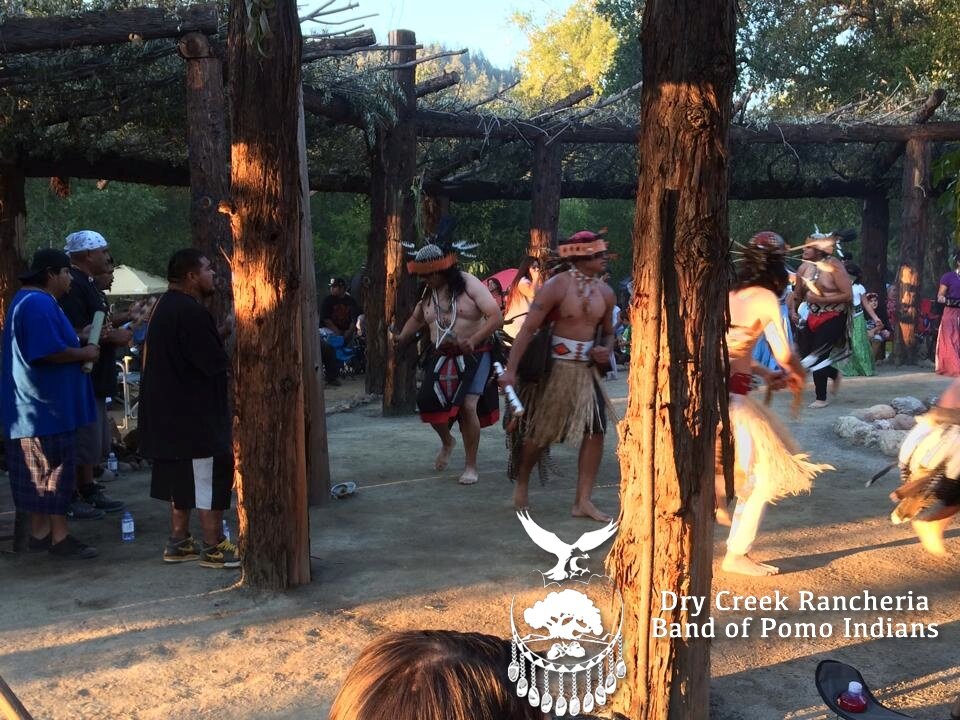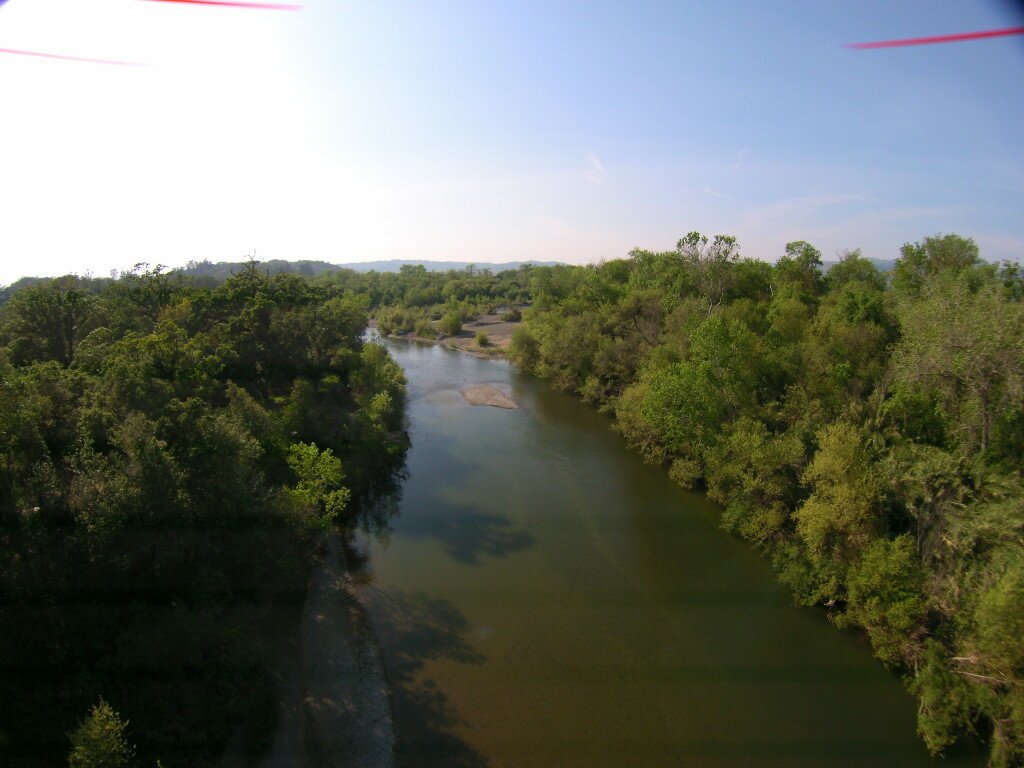Environment
Dry Creek Rancheria Band of Pomo Indians

Environment
Traditionally, Dry Creek Pomo villages and seasonal settlements were located near rivers and creeks, which provided access to a wide range of plant and animal foods, waterfowl, and especially to a variety of fish which were the main sources of protein. Like native people throughout California, Dry Creek people managed their environment intensively, so much so that plants evolved in response to their activities. Their environmental practices stimulated the growth of the plants they needed and created spaces that attracted the game they hunted. Its more appropriate to say they lived in a garden then in a wilderness. The Tribe’s commitment to continuing that legacy is evident today in numerous ways. The Tribe is working with the U.S. Environmental Protection Agency to restore Rancheria Creek by removing invasive vegetation and planting native species. Returning the creek to a stable, sustainable state benefits the greater community by improving Russian River water quality. Recycling at the Dry Creek Rancheria soared 96% in 2006 compared to 2004. The Tribe is on track toward reaching its goal of recycling 50% of its total waste in 2007. The 9,000 gallons of cooking oil used at the Rancheria’s kitchen each year is converted to biodiesel fuel for wineries, farms, and nurseries throughout Northern California. The Tribe’s waste water facility treats water to the highest standard, and the Rancheria recycles its treated water.
DEP
The Department of Environmental Protection (DEP) was formed to protect the Dry Creek Rancheria’s air, land and water from pollution and to provide a healthy and safe environment for visitors, residents and future generations. The DEP develops, plans, coordinates and monitors all tribal environmental programs and activities. This Department also oversees the Plant Operations Division, enforces the tribe’s environmental ordinances, administers grant programs to fund environmental programs and manages the tribe’s natural resources.

Plant Operations Division
The Plant Operations Division is responsible for the operation and maintenance of the Tribe’s water and wastewater treatment plants. The Tribal infrastructure utilizes the water resources on the Rancheria to provide residential and commercial service in accordance with the Safe Drinking Water Act and Clean Water Act. The Plant Operations Division of DEP is a technology-driven utility that incorporates advanced treatment, telemetry and water reclamation into the process of water and wastewater operation. Water conservation is maximized by utilizing the reclaimed water for restroom toilets and landscape irrigation.
The DEP enforces the Tribe’s environmental ordinances and manages the natural resources. The department administers and maintains the following grants:
